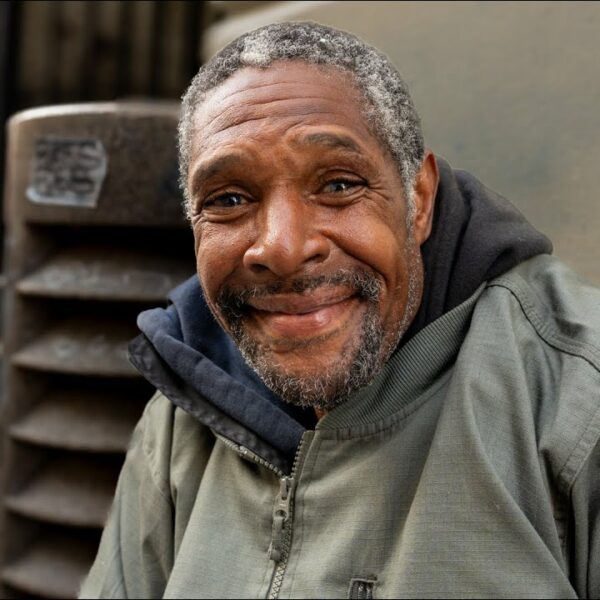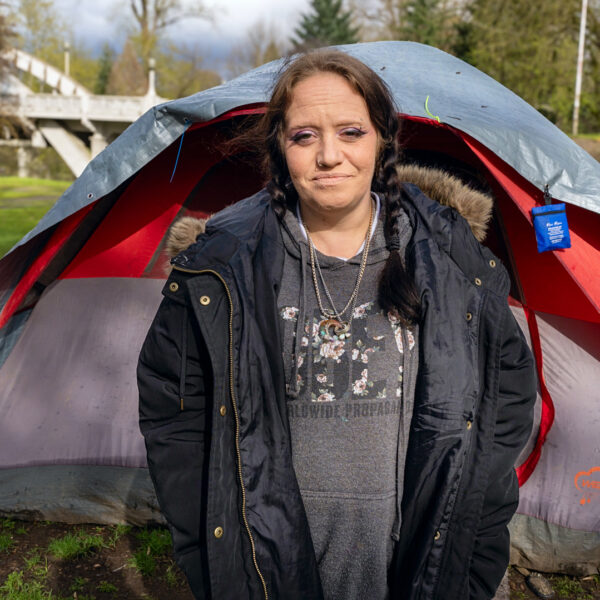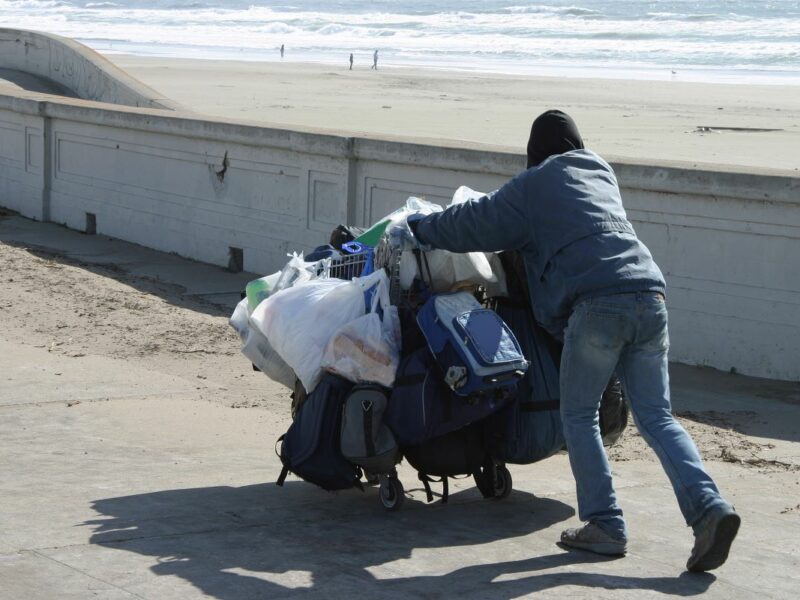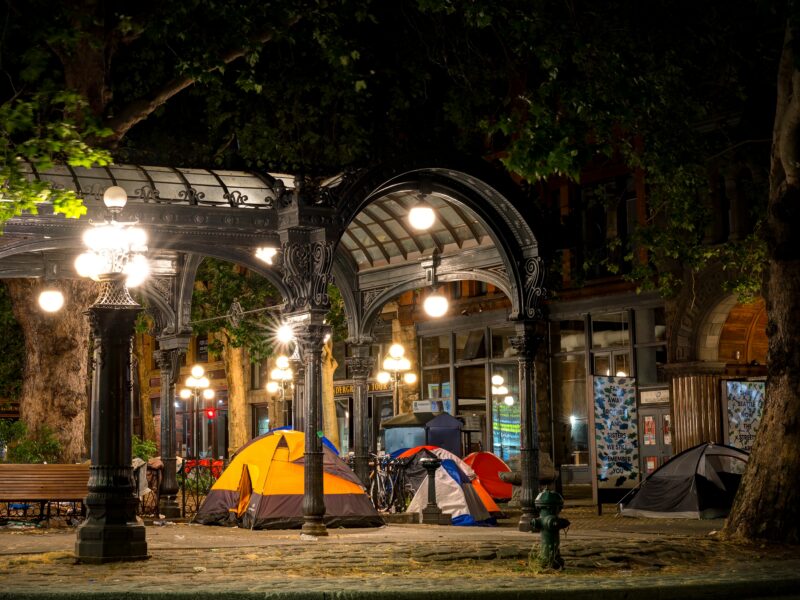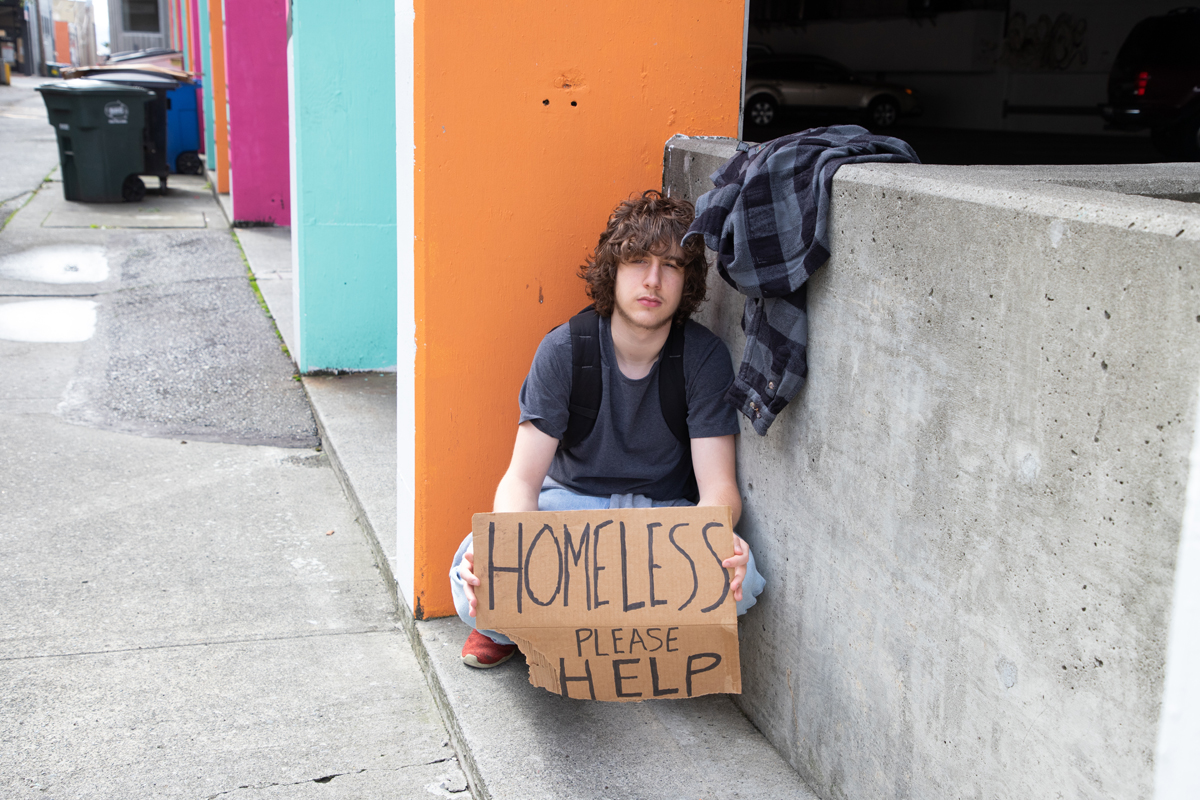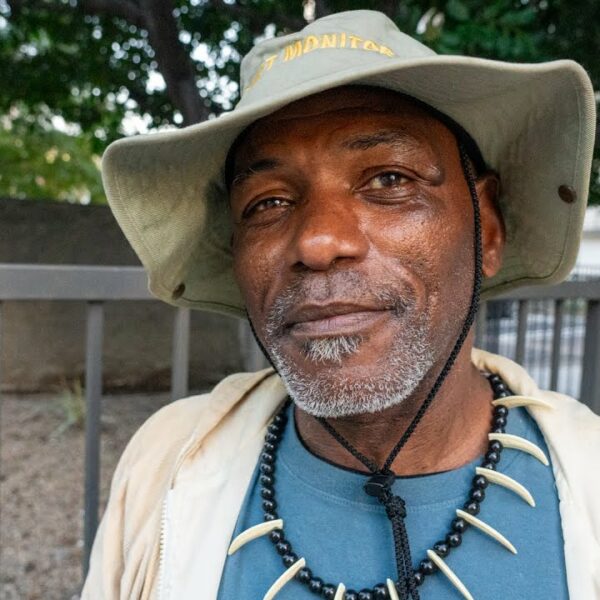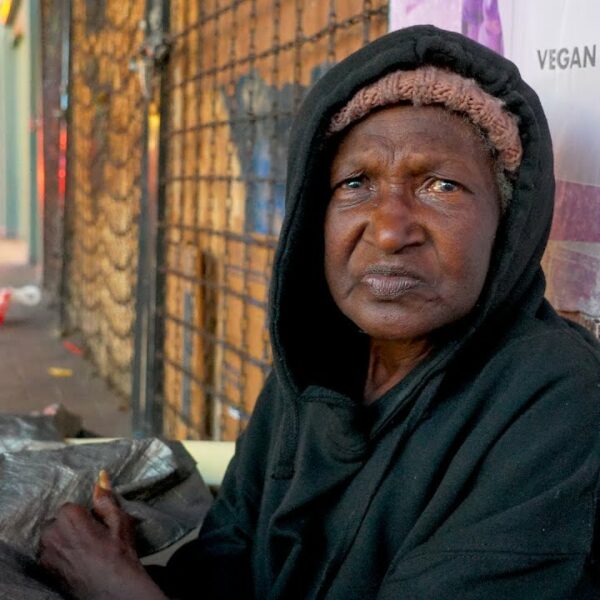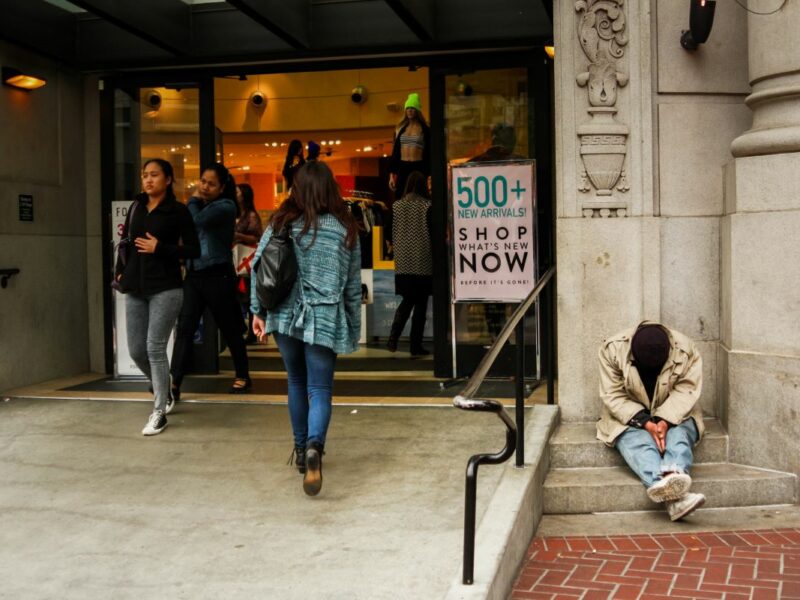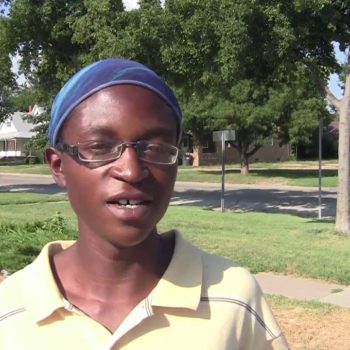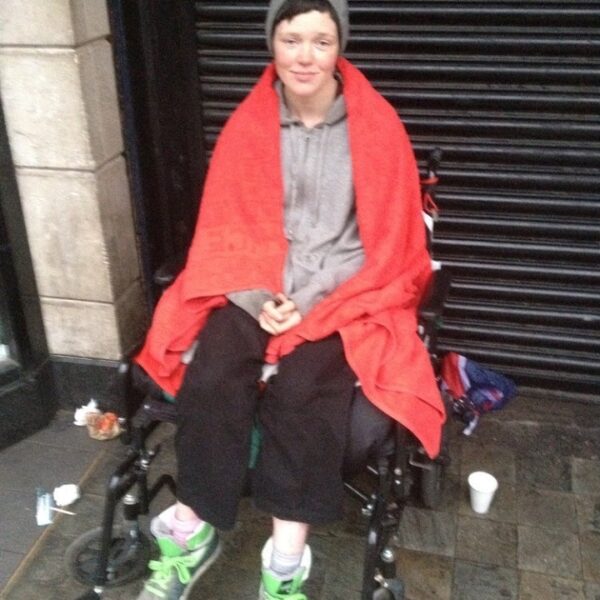COVID-19 will significantly increase the likelihood today’s youth will experience chronic homelessness and poverty, according to a new study.
The “2020 State of Youth Homelessness Index” is the third annual report published by The National Homeless Law Center (NHLC) and True Colors United. It aims to identify systemic shortfalls that need to be addressed and makes evidence-based recommendations based on methods other jurisdictions have used to end youth homelessness.
“While the landscape of youth homelessness systems, laws, and policies have changed little on the surface, young people across the US and the agencies who serve them—and indeed all of us including those beyond the field of housing justice—have had our worlds turned upside down,” the report’s authors, Dylan Waguespack, of True Colors United and Brandy Ryan of NHLC, wrote in a letter to readers.
Researchers analyzed the local systems, environment, and laws of all 50 states and the District of Columbia as they relate to solving youth homelessness. Their findings are meant to paint “a broad picture of where states currently stand… and how they can collectively and individually improve their efforts to end and prevent youth homelessness,” the 127-page document reads.
Each state is graded on a 100-point scale. Some of the criteria include ensuring youths receive comprehensive supports and services, preventing entry into the criminal justice system, and providing unaccompanied youth experiencing homelessness the opportunity to seek legal independence.
Overall, 2020 was the first year that the nation’s average score was above 50 percent, up two points from 2019, according to the report. Meanwhile, the only jurisdiction to earn 90 points or more was Washington D.C.
Only 29 states scored more than 50 points. Six states—Washington, Connecticut, Massachusetts, California, New York, and Maine—each earned passing grades of 70 points or greater. Another 27 states earned critically low scores, totaling less than half of the available points.
What Is Working?
States that are successfully addressing youth homelessness share several things in common, according to the report. These include:
- Recognizing homeless youth in legislation
- Developing statewide service systems
- Creating inclusive environments for youths of all backgrounds and identities.
The report said recognizing “youths” as a separate category from “child” in legislation can dramatically decrease the likelihood a homeless youth will be incarcerated. For example, crimes associated with youth homelessness like truancy or running away can result in incarceration, even when circumstances suggest otherwise.
Instead, the report suggests that communities work with local school districts to ensure youths experiencing homelessness have access to adequate transportation and other services as needed.
Several states earned honorable mentions for how homeless youths are treated under their laws, but none earned a perfect score. Meanwhile, states like West Virginia, Ohio, South Carolina, and Idaho earned low marks for incarcerating high numbers of homeless youth.
Systemically, states with statewide plans to address youth homelessness and a dedicated youth homelessness agency earned high rankings on the Index.
Washington and Kentucky earned perfect scores for their homeless youth systems. The report specifically applauded Kentucky’s creation of its Interagency Council on Homelessness (KICH) in 2016. KICH identified LGBTQ+ youth as those most vulnerable to experiencing homelessness in its 10-year plan and identified ending homelessness among the commonwealth’s top priorities.
The main environmental factors the Index considered are if a state has a youth homelessness advisory that informs policies, requires training for caseworkers regarding LGBTQ+ youth, and establishes a protected class for people based on sexual orientation.
According to True Colors United, LGBTQ+ youth are 120% more likely than their homosexual counterparts to experience homelessness. This is primarily driven by environmental factors such as domestic violence or social isolation.
The District of Columbia was the only federal jurisdiction to earn a perfect mark for the environment it has created to address youth homelessness.
Staff working in D.C. Runaway & Homeless Youth (RHY) Systems are required to take training about sexual orientation, gender identity and expression, healthy sexual development or issues specific to LGBTQ+ youth.
Meanwhile, other caseworkers routinely perform “Secret shopper” exercises to ensure homeless youth have safe and meaningful access to services.
What Is Left to Be Done?
While there is plenty of positive work to address youth homelessness going on across the country, the report makes several recommendations to improve state efforts in the future.
One key recommendation is to enact comprehensive laws that provide a significant level of prevention, identification, and early intervention services. These include:
- Opening drop-in centers
- Creating street outreach teams, community programs and coordinated entry and assessment programs
Other legal recommendations include permitting unaccompanied youth experiencing homelessness to live on their own if necessary and decriminalize minor infractions like truancy.
“Even in a year without global catastrophe, young people experiencing homelessness face persistent barriers to shelter, health care, and life-sustaining services. Disasters like COVID-19 exacerbate those inequities and make our work that much more critical,” Ryan said.
To create stronger support systems, the report recommends states should create agencies like KICH that focus solely on youth homelessness programs. These agencies should also be required to develop a state plan to end youth homelessness.
Environmental factors states need to address include organizing a self-governing youth action council and providing protections for vulnerable youths. The report says these strategies should include explicit prohibitions against sexual orientation and gender identity-based discrimination in state statutes.
“While the Index may not capture the full dynamics of how a state tackles youth homelessness, it provides a snapshot, with the metrics tied to constructive steps states could take in order to improve their laws, policies, systems, and environments for youth experiencing homelessness,” the report concludes.



